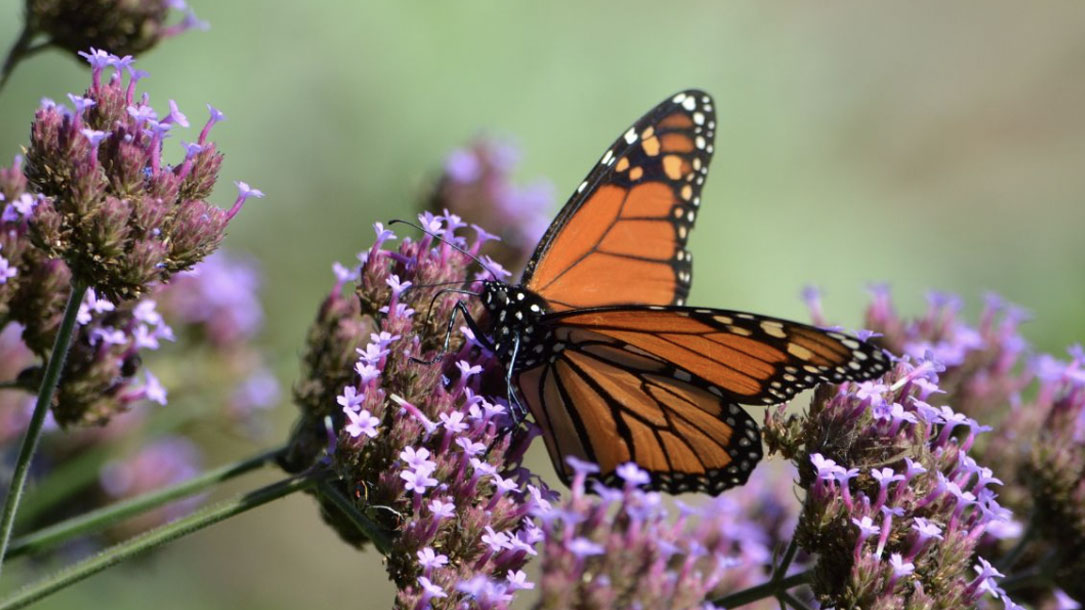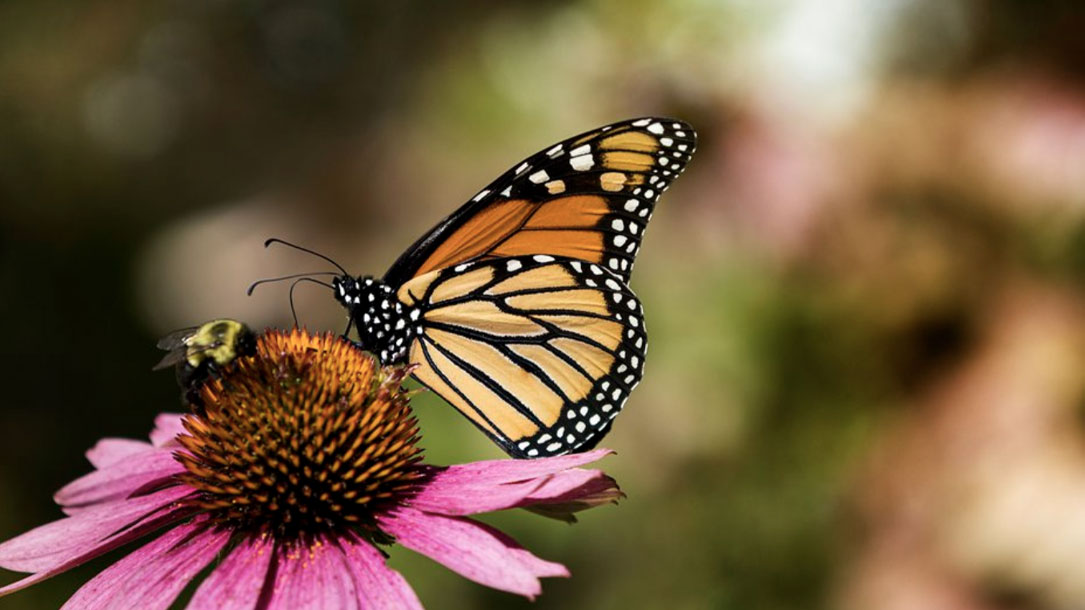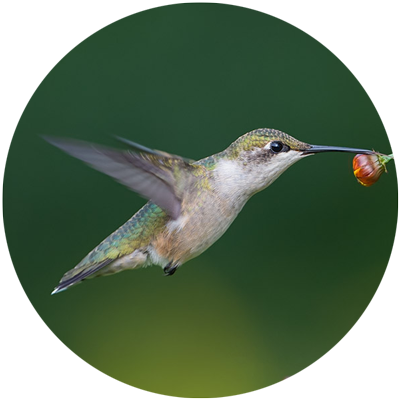Home > Climate News >

Climate change affects bird nesting phenology
Global climate change impacts species and ecosystems in potentially harmful ways. For migratory bird species, earlier spring warm-up could lead to a mismatch between nesting activities and food availability. CO2 provides a useful proxy for temperature and an environmental indicator of climate change when temperature data are not available for an entire time series…

Research shows solar habitat installations support pollinators
Join Monarch Joint Venture, Connexus Energy, MNL, and Fresh Energy for a free webinar where they dig into the new study, “Monitoring Pollinators on Minnesota Solar Installation,” which used field data collection practices to document an abundance of bees, butterflies, moths, flies, and wasps utilizing pollinator-friendly solar habitat in Minnesota. We’ll also discuss seed mixes and biodiversity benefits, how utilities and co-ops can lead, and more.

The dire need to combat habitat loss
The modern conservation movement was born out of the hard work and leadership of sportsmen and women who continue to help fund, conserve, manage, and restore natural areas and game populations nationwide.
During the 1800s, the U.S. nearly lost familiar species like mule deer, white-tailed deer, black bear, elk, pronghorn, and wild turkeys to unregulated hunting and market hunting. As populations rapidly declined, hunters led the way to their recovery by supporting ethical, regulated hunting practices…

Report: Habitat loss causing significant impact on game species
A new report from the National Wildlife Federation found game species across the country lost, on average, 6.5 million acres of habitat over the past two decades. It is a trend advocates contended will continue unless lawmakers take action.
Per the report, between 65 and 82 million acres of America’s national forests are in need of restoration. In addition to the 30×30 plan outlined in Biden’s America the Beautiful initiative, Congress is considering the Recovering America’s Wildlife Act, which would allocate nearly $1.4 billion annually to states to implement habitat restoration and conservation strategies.

With fewer animals to move their seeds, plants are stuck in threatened habitats
Half of all plant species rely on animals to scatter their seeds through hitchhiking in scat, fur, or beaks. When animal populations decline, so does the ability plants have to disperse their seeds and adapt to climate change. Against the backdrop of a heating planet, species are shifting away from their historically-adapted climate conditions…
A study published this month in the journal Science found that 60 percent of all plants globally are already having trouble keeping up with climate change as seed-spreading species face major drops in population numbers…

The effects of defaunation on plants’ capacity to track climate change
Most plant species depend on animals to disperse their seeds, but this vital function is threatened by the declines in animal populations, limiting the potential for plants to adapt to climate change by shifting their ranges. Using data from more than 400 networks of seed dispersal interactions, Fricke et al. quantified the changes in seed disposal function brought about globally by defaunation.

Air pollution makes it harder for pollinators to find plants
A field trial found that levels of nitrogen oxides and ozone similar to those near roads led to a 70 per cent drop in the numbers of bees and butterflies on mustard plants…

Anthropogenic air pollutants reduce insect-mediated pollination services
Study Highlights
• Common air pollutants (e.g. nitrogen oxides and ozone) can react with floral odors.
• Both pollutants resulted in severely reduced insect pollinator foraging efficiency.
• Specific insect pollinator groups demonstrated differential responses to pollutants.
• Metrics of insect-mediated plant pollination decreased under both pollutants.
• Air pollution has the potential to disrupt other odor-mediated ecosystem services.

Air pollution reduces pollination by confusing bees
Scientists from the University of Reading, the UK Centre for Ecology & Hydrology, and the University of Birmingham found that there were up to 70% fewer pollinators, up to 90% fewer flower visits and an overall pollination reduction of up to 31% in test plants when common ground-level air pollutants, including diesel exhaust pollutants and ozone, were present.

Air pollution makes it harder for insect pollinators to find flowers
Insects play an important role in the world’s food production. Roughly 70 percent of all crop species, including apples, strawberries, and cocoa, depend on them for pollination.
Insects rely on a flower’s odor to locate a plant, but atmospheric pollutants alter these smells, making foraging more difficult. A new study in Environmental Pollution tested how much of an impact pollution has on pollinators in the field…
“We weren’t expecting nearly as severe a reduction as we found. It’s kind of crazy,” study author James Ryalls, an agricultural ecologist at the University of Reading in the United Kingdom, tells New Scientist’s Adam Vaughan…
- « Previous
- 1
- 2
- 3
- 4
- Next »












